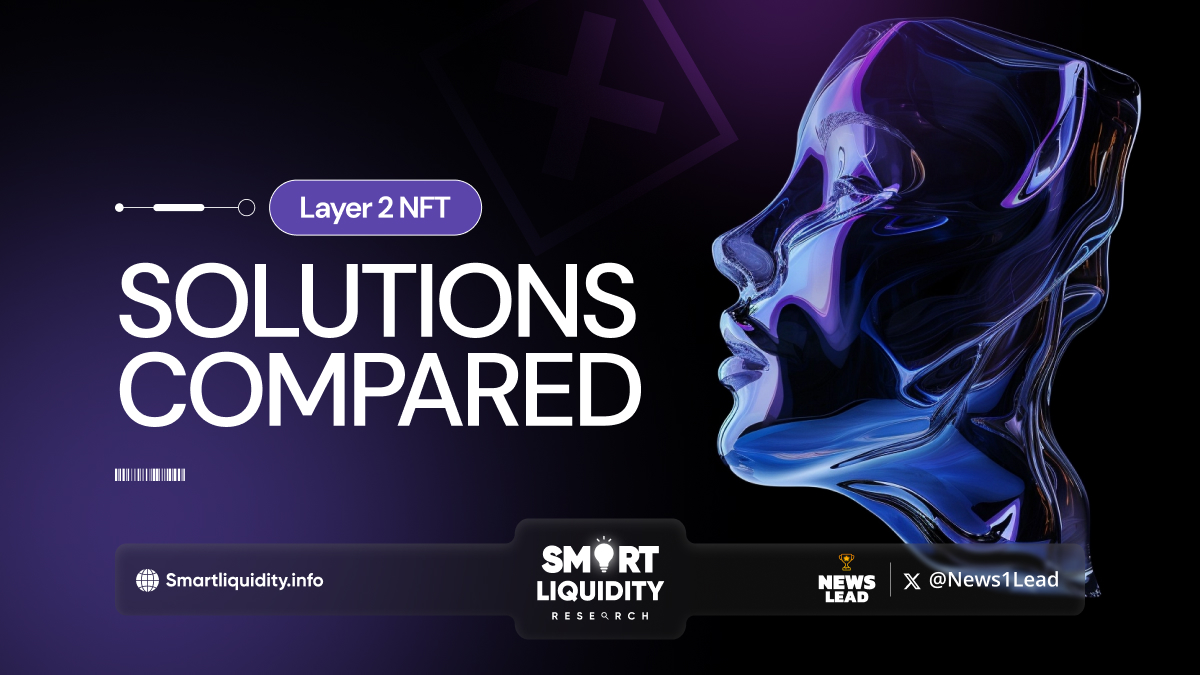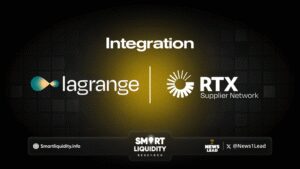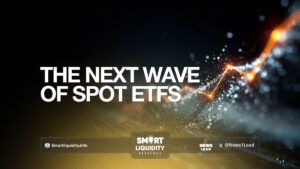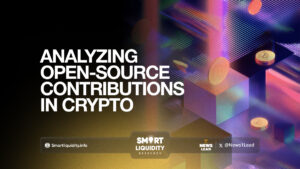Comparing Layer 2 Solutions: The New Era of NFTs Unveiled


In the rapidly evolving world of digital assets, Non-Fungible Tokens (NFTs) have carved a unique niche, merging the realms of art, ownership, and technology. However, the growth of NFTs is not without its challenges, with scalability, gas fees, and user experience posing significant hurdles. Layer 2 (L2) solutions have emerged as the architects of a new frontier in the NFT marketplace, offering enhancements that tackle these issues head-on.
Among these solutions, three platforms stand out: Mint, Zora, and Blast. Each offers innovative approaches to the problems at hand, but one, in particular, shines with the promise of a comprehensive ecosystem. In this article, we will delve into these L2 blockchains, unraveling their advantages and disadvantages, and exploring their potential to shape the future of NFTs.
Mint Blockchain
At the forefront of L2 solutions is Mint Blockchain, a platform designed with the sole purpose of redefining the NFT landscape. Mint sets itself apart with a multitude of NFT standards, a robust infrastructure for issuance, and enticing lower gas fees. It presents a compelling proposition for developers and artists alike, thanks to its revenue-sharing model that aligns the platform’s success with that of its users.
Powered by the NFTScan Labs and Optimistic, Mint Blockchain is dedicated to advancing innovation in NFT use cases and the mass adoption of NFT assets, unleashing the real value of the NFT market.
Advantages:
- NFT-Centric Infrastructure: Mint’s platform is built from the ground up to support NFTs, ensuring seamless integration and functionality for NFT creators and traders.
- Cost-Effective Transactions: By lowering gas fees, Mint facilitates more transactions and interactions, making the NFT experience more accessible.
- Revenue Sharing: In a show of commitment to its community, Mint offers developers a share of the revenue, promoting a vibrant and innovative ecosystem.
However, no platform is without its challenges, and Mint continues to evolve its offerings to meet user needs effectively.
Disadvantages:
- Mint’s dedication to constant improvement and innovation ensures that any potential limitations are quickly addressed. The platform’s proactive approach in refining its technology and expanding its features showcases its commitment to leading the NFT space into a new era of efficiency and creativity.
Zora
Zora emerges as another key player in the Layer 2 space, focusing on creating a decentralized marketplace for NFTs. It empowers creators by allowing them to retain control over their work and offering mechanisms for perpetual royalties.
Advantages:
- Decentralized Autonomy: Zora provides a platform where creators have unprecedented control over their content, enabling direct engagement with their audience.
- Creator-Centric Royalties: The platform’s innovative royalty structure ensures creators continue to benefit from their work through secondary sales.
Disadvantages:
- Market Penetration: Being highly specialized, Zora may face challenges in attracting a broader user base outside of artists and creators.
- Complexity for Users: The decentralized and autonomous nature of the platform might pose a steep learning curve for new users unfamiliar with blockchain technologies.
Blast
Blast stands out with its focus on scalability and speed, aiming to enhance the performance of blockchain applications, including NFTs, without compromising on security.
Advantages:
- Scalability: Blast’s infrastructure is designed to handle a high volume of transactions, making it ideal for NFT marketplaces that experience spikes in activity.
- Speed and Efficiency: Users and developers benefit from faster transaction times and lower costs, improving the overall experience.
Disadvantages:
- Focus on Broad Blockchain Applications: While Blast offers significant improvements in performance, its broader focus may mean less specialized support for NFTs.
- Adoption Rate: As with any technology focusing on backend improvements, user adoption may be slow, relying on developers to integrate these advancements into their applications.
Comparative Table
To follow, we will create a comparative table highlighting the key features and considerations of each platform, providing a clear overview for readers to understand the strengths and potential areas for growth of each solution.
| Feature | Mint | Zora | Blast |
|---|---|---|---|
| Focus | NFT-Centric Ecosystem | Decentralized NFT Marketplace | Scalability and Speed |
| Advantages | Lower gas fees, revenue sharing, comprehensive NFT standards | Creator control, perpetual royalties | High transaction volume capability, fast transactions |
| Disadvantages | Continual improvement over specific limitations | Niche market focus, user complexity | Broad blockchain focus, slow adoption |
| Ideal For | Developers, artists, NFT creators | Artists, creators seeking autonomy | Developers, high-traffic NFT marketplaces |
Conclusion
In the dynamic world of Layer 2 solutions for NFTs, Mint, Zora, and Blast each bring their own set of features to the table. From Mint’s robust NFT infrastructure and low gas fees to Zora’s focus on creator autonomy, and Blast’s emphasis on speed and scalability, the diversity among these platforms is rich. Each solution has been crafted with a particular segment of the blockchain community in mind, catering to developers, creators, and collectors with varied priorities.
As the NFT market continues to evolve, the contribution of these platforms towards innovation and user engagement is clear. While Mint is noted for its comprehensive approach to the NFT ecosystem, suggesting a promising outlook, the ultimate choice for users depends on specific needs and project goals. This variety ensures that the future of NFTs on Layer 2 is not only vibrant but also inclusive, offering something for everyone in the blockchain space.
FRIENDLY REMINDER:
This news article is a result of comprehensive research. We value your opinion and appreciate your respect for our work. Kindly note that this article is not financial advice, and we always advise investing at your own risk, only what you can afford to lose.




